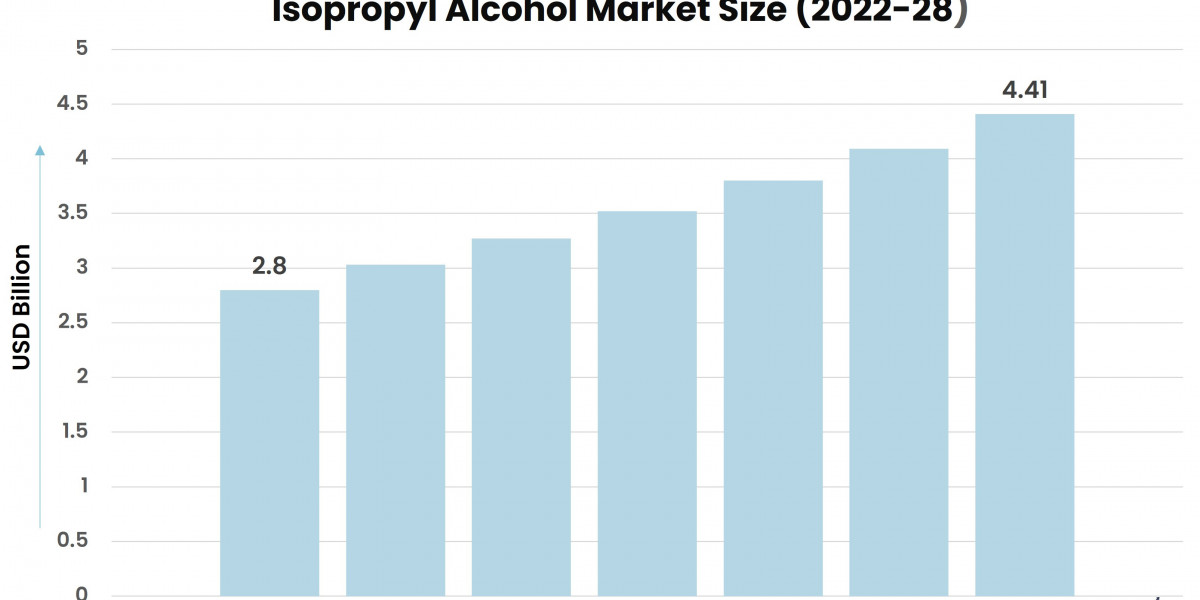The Scope of Crop Losses Due to Fungal Diseases
Crop losses due to fungal diseases can be devastating, affecting productivity and causing economic strain on farmers. It is estimated that fungal infections contribute to a loss of 10-40% of global crop yields annually, depending on crop type and region. Diseases such as powdery mildew, rust, blight, and leaf spot can weaken plants, reduce quality, and ultimately lead to failed harvests.
Economic and Food Security Implications
Reduced yields translate to lower income and financial instability for farmers. For countries heavily reliant on agriculture, these losses can lead to food shortages, increased prices, and social and economic unrest. Effective disease management strategies are essential to combating these impacts, and Hexaconazole plays a crucial role in this regard.
How Hexaconazole Works
Hexaconazole belongs to the triazole family of fungicides and operates by inhibiting the synthesis of ergosterol, a key component of fungal cell membranes. By disrupting this process, Hexaconazole stops the growth and spread of fungal pathogens, offering both protective and curative action.
When applied, Hexaconazole is absorbed by the plant and moves systemically through the xylem, providing long-lasting protection against fungal diseases. Farmers who purchase Hexario - Hexaconazole 5% SC gain access to a fungicide that delivers reliable, broad-spectrum disease control, safeguarding their crops and minimizing losses.
Benefits of Hexaconazole in Reducing Crop Loss
Hexaconazole offers several key benefits contributing to its effectiveness in reducing crop loss and supporting sustainable agriculture.
Systemic and Long-Lasting Protection
Unlike contact fungicides that remain on the plant's surface, Hexaconazole moves within plant tissues, providing comprehensive protection from within. This systemic action offers extended residual activity, reducing the need for frequent applications and enhancing overall crop resilience.
Extended Disease Control: Hexaconazole continues to protect treated and new plant growth for an extended period.
Fewer Applications Needed: Long-lasting protection means fewer reapplications, saving time and resources.
Broad-Spectrum Efficacy
Hexaconazole’s broad-spectrum activity makes it effective against various fungal pathogens that commonly afflict crops. Whether it's rust in cereals, powdery mildew in vegetables, or blight in fruit crops, Hexaconazole offers consistent protection.
Enhancing Crop Quality and Yield
Hexaconazole helps plants grow more robustly by controlling fungal diseases, leading to healthier crops and higher yields. Healthy plants can focus their energy on growth and reproduction instead of combating infections.
Economic Benefits for Farmers
Reducing disease-related crop losses means higher yields and better-quality produce, directly impacting a farmer’s bottom line. Hexaconazole's ability to protect crops from major fungal threats increases profitability and stability.
“Effective crop protection isn’t just about fighting diseases—it’s about ensuring every plant reaches its full potential.”
Impact on Food Security
The role of Hexaconazole in reducing crop losses extends beyond individual farms to benefit communities, countries, and global food systems. By improving crop health and productivity, Hexaconazole contributes to food security in several ways:
Stabilizing Food Supply
Healthy, productive crops ensure a stable food supply, reducing the risk of shortages and price spikes. This stability is critical for food security, particularly in regions where agriculture forms the backbone of the economy.
Supporting Sustainable Agriculture
Hexaconazole aligns with sustainable agricultural practices by offering targeted, effective disease control. Its systemic nature reduces the need for excessive chemical inputs, minimizing environmental impact and supporting long-term agrarian resilience.
Best Practices for Using Hexaconazole
Proper application techniques and integrated management strategies are essential to maximizing the benefits of hexaconazole in reducing crop loss.
Proper Application Timing
Hexaconazole should be applied at the first sign of disease or as a preventive measure during high-risk periods. Early intervention prevents the establishment and spread of fungal infections.
Monitor Disease Pressure: Regular crop inspections help identify signs of disease early, enabling timely treatment.
Follow Dilution Guidelines: Proper dilution and even coverage ensure optimal effectiveness.
Integrating Hexaconazole into Crop Management
Hexaconazole should be used alongside other cultural and biological practices to create a holistic disease management strategy for best results.
Crop Rotation: Reducing disease pressure through crop rotation helps disrupt the life cycle of pathogens.
Resistant Varieties: Planting disease-resistant varieties provides additional protection against fungal infections.
Addressing Fungicide Resistance
Fungal pathogens can develop resistance to fungicides over time, making resistance management crucial. Rotating Hexaconazole with other fungicides with different action modes helps reduce the risk of resistance development.
Resistance Management Strategies
Rotate Fungicides: Alternate between fungicides with different mechanisms of action.
Use Integrated Solutions: Combine chemical treatments with cultural and biological controls to minimize disease pressure and resistance risk.
Environmental and Safety Considerations
While Hexaconazole effectively controls disease, responsible use is necessary to protect the environment and ensure the safety of users and surrounding ecosystems.
Safe Handling and Storage
Farmers should always wear appropriate personal protective equipment (PPE) when handling and applying Hexaconazole. Proper storage and disposal prevent environmental contamination and ensure consistent efficacy.
Hexaconazole exemplifies the power of modern fungicide technology in reducing crop loss and supporting global food security. Providing systemic, broad-spectrum protection against major fungal threats helps farmers maintain productive, healthy crops. In doing so, it contributes to individual farm success and a resilient and stable global food supply chain. Hexaconazole’s impact goes beyond the field—every protected plant and harvested crop is a step toward a more secure, sustainable future for all.







